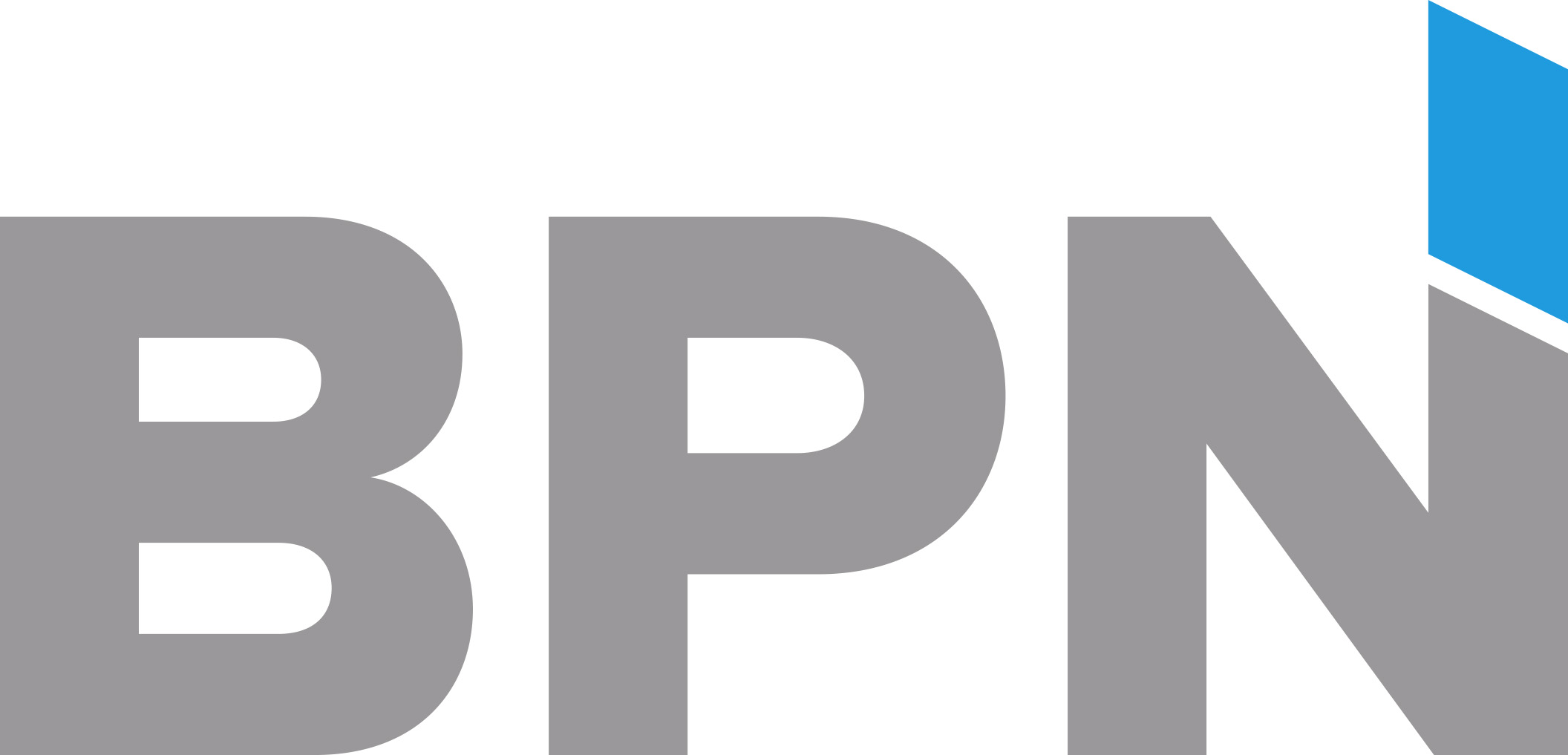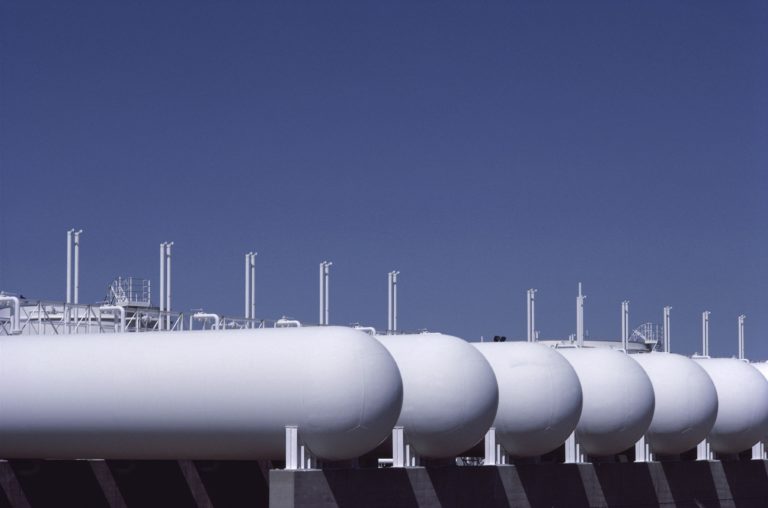Delivery efficiency is both critical and controllable. David Lowe, vice president of Pro Image Communications (Grand Blanc, Mich.), notes that propane marketers can’t control the weather or the wholesale price of the fuel, but they can control their own company culture and delivery efficiency. With the right roster of drivers, equipment, and methods of dispatch, he says, marketers can boost their delivery efficiency and productivity.
In his seminar at the 2019 NPGA Southeastern Convention, “Delivery Efficiency Case Studies,” Lowe presented data and offered tips to help marketers improve their productivity. Both the data and the tips come from real-life experience. Lowe represents Pro Image as an Energy Professional providing propane clients with unique marketing, sales, training, and consulting programs. His seminar was based on data collected from clients that had come to him for analysis of their operations.
Ideally, Lowe says, all tanks would be filled at 20%. More likely, he adds, it is done at 30%. Based on 12 months of data from those clients, though, he found that they were filling tanks at a point between 38% and 44%.
MAKING CHANGES
During the seminar, he presented several case studies showing the data from clients, before and after they made changes to improve their delivery efficiency.
In one, he analyzed the numbers for a January in which the marketer delivered whenever the company wanted and the following January in which the marketer delivered only when customers were at 20%. After implementing the 20% rule, this marketer delivered 14% more gallons per drop; 20% more gallons per mile; and 26% more gallons per day.
In another case study, he analyzed the numbers for a January in which the marketer delivered when the tank was at 30% and the following January in which the marketer delivered at 25%. In this case, after implementing a 25% rule, the marketer delivered 4% more gallons per drop; 11% more gallons per mile; and 15% more gallons per day.
In a third analysis, he made a comparison that showed the difference between filling tanks at 30% versus doing it at 20%. By making this change, the client improved the number of gallons per drop by 13%; the number of gallons per mile by 29%; and the number of gallons per day by 23%.
Making these kinds of improvements in delivery efficiency requires several actions: Make sure drivers don’t get called off route to do other things when they should be making their scheduled deliveries; avoid runouts by improving your process, not by delivering more often than you should; and, if a will call customer is unable to afford a full 300-gallon delivery, offer a price protection program plan. Better yet, don’t offer customers a will call plan; offer only automatic delivery.
“If you don’t offer will call, they don’t ask for it,” Lowe said. “If there is an issue, you can place the account on a budget plan. You are the energy expert and you don’t have to say no. A budget plan makes it like natural gas; the customer pays the same every month. If you have them put it on their credit card, and there is a problem in the future, then they get mad at the card, not you.”
He also recommended running the numbers and getting rid of customers who don’t make the company money. One way to do that is to ask every driver and customer service representative to name three customers they’d like to get rid of. “Delivery culture is anchored on numbers, if those numbers have meaning,” he said. “Facts aren’t feelings, and feelings aren’t facts.”
MENTAL PREPARATION
Implementing a 20% rule and sticking with it requires success in leadership, making decisions, and sticking to a process of gathering numbers and continually refining the way things are done, Lowe said.
The key to maintaining success, he added, is mind set. It takes mental preparation to achieve improved productivity through change. The leader must have a vision or goal, a process, and the discipline to stick to that process every day. He compared improving delivery efficiency to improving physical fitness: you need to have a vision of what you want to accomplish; you need to know how you’re going to do it; and you need to have the focus and discipline to do it every day.
The most difficult challenge in achieving your vision is the failure to remain focused and disciplined every day. It usually requires specialized personnel to achieve your vision.
“Be responsible and accountable,” he advised. “You’ll get success and maintain success when you and your staff are uncomfortable.”
When Lowe owned a retail propane and transport business, he says, “I knew my numbers and I worked the process. I was gathering numbers and continually refining, seeing what does and doesn’t work.”
Lowe named some managers from the sports world who have been role models and who can inspire managers in any industry. Tom Landry was always reserved on the sidelines, holding a piece of paper and talking calmly with his middle manager, the quarterback. Paul DePodesta has found success in both baseball and football because in both sports he has been devoted to culture and data. Bill Belichick is relentless and requires his team to practice for every situation that could happen in a game.
Some teams have a high turnover in personnel. Why? Because the coaches drop players that don’t fit the desired profile. Propane marketers should do the same, keeping only the drivers and equipment that fit the profile of the sort of operation the marketer wants to run.
“To increase productivity, you must improve delivery efficiency, resulting in fewer workers and trucks,” Lowe concluded. “You can spend your money on drivers and trucks or you can buy yourself boats and airplanes—that’s a choice you make.”
For more information, contact David Lowe and Pro Image Communications at (616) 430-1879, Dwlowe50@yahoo.com, and proimagecommunications.com.
(©Butane-Propane News magazine, August 2019)


